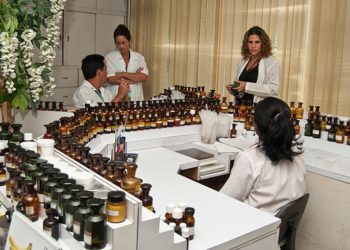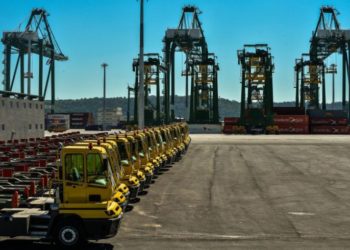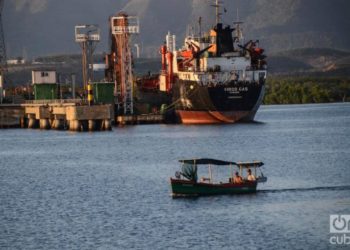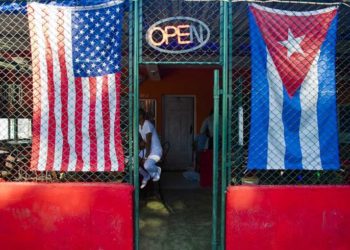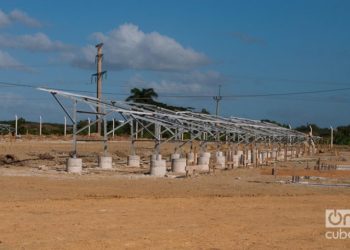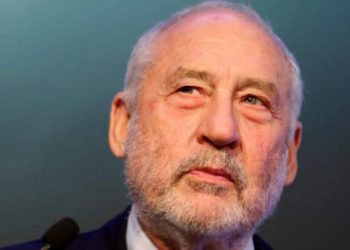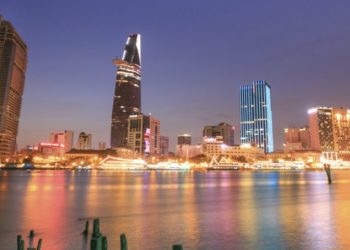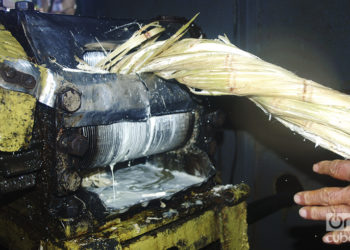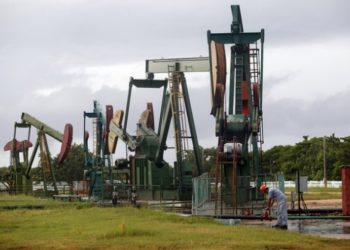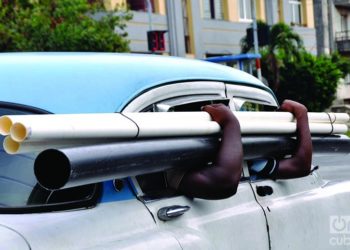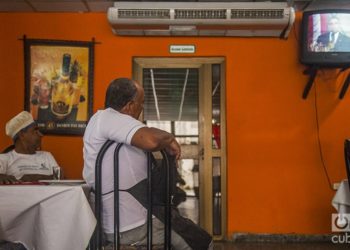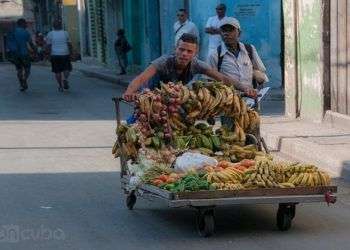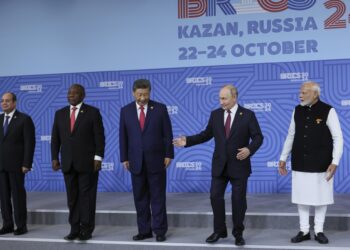The science making machine (II)
A few days ago baseball player Alfredo Despaigne batted a homerun that allowed Cuba to classify for the second round of the World Baseball Classic. Despaigne, luckily for the Cubans living in Cuba, has a contract with Japanese teams and the new regulations allow this great baseball player to enjoy a high percentage of the value of that contract and to continue playing in and with the national teams. I believe 100 percent that he deserves it. Some years ago, a magnificent Cuban scientist was able to synthesize a product to produce a vaccine decisive for the immunological system, of course, a discovery that can also be a high-tech export good. In the field of science that was a homerun. Our regulations, however, prevent this scientist and his team from enjoying a minimum percentage of the results of their work. I believe 100 percent that he does not deserve it. Despite this, our science and technology system and those who work in it (I include the Universities) continue working and generating products, services, solutions, improvements that contribute to the country’s development, even when in many cases our enterprises are not interested in those products, services, solutions and improvements. When seeing...

